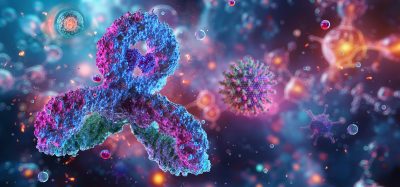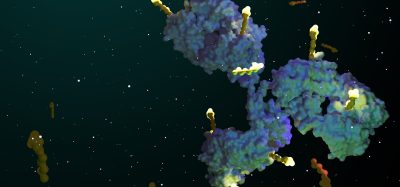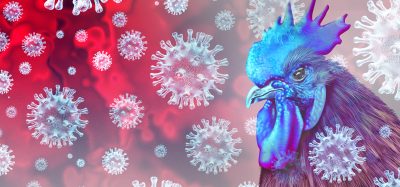Llama nanobodies could prevent a deadly post-transplantation infection
Posted: 4 August 2022 | Ria Kakkad (Drug Target Review) | No comments yet
A new study has shown that nanobodies derived from llamas could have the potential to destroy human cytomegalovirus.


Scientists at the Vrije Universiteit Amsterdam, Netherlands and at the University of Cambridge, UK have developed a nanobody from a llama antibody that can detect human cytomegalovirus (HCMV) as it conceals itself from the immune system. This then enables immune cells to seek out and destroy this potentially deadly virus. The results were recently published in Nature Communications.
In laboratory experiments using blood infected with the virus, the team showed that the nanobody binds to the US28 protein and interrupts the signals established through the protein that help keep the virus in its dormant state. Once this control is broken, the local immune cells can see that the cell is infected, enabling the host’s immune cells to hunt down and kill the virus, purging the latent reservoir and clearing the blood of the virus.
“Our team has shown that nanobodies derived from llamas have the potential to outwit human cytomegalovirus. This could be very important as the virus can cause life threating complications in people whose immune systems are not functioning properly,” explained Dr Ian Groves, one of the researchers from the University of Cambridge.
“We believe our approach could lead to a much-needed new type of treatment for reducing – and potentially even preventing – HCMV infectious in patients eligible for organ and stem cell transplants,” concluded Professor Martine Smit, a researcher from the Vrije Universiteit Amsterdam.
You might like…
Immune molecules from a llama could provide protection against COVID-19
Related topics
Antibodies, Antibody Discovery
Related conditions
human cytomegalovirus (HCMV)
Related organisations
University of Cambridge, Vrije Universiteit Amsterdam
Related people
Dr Ian Groves, Professor Martine Smit








